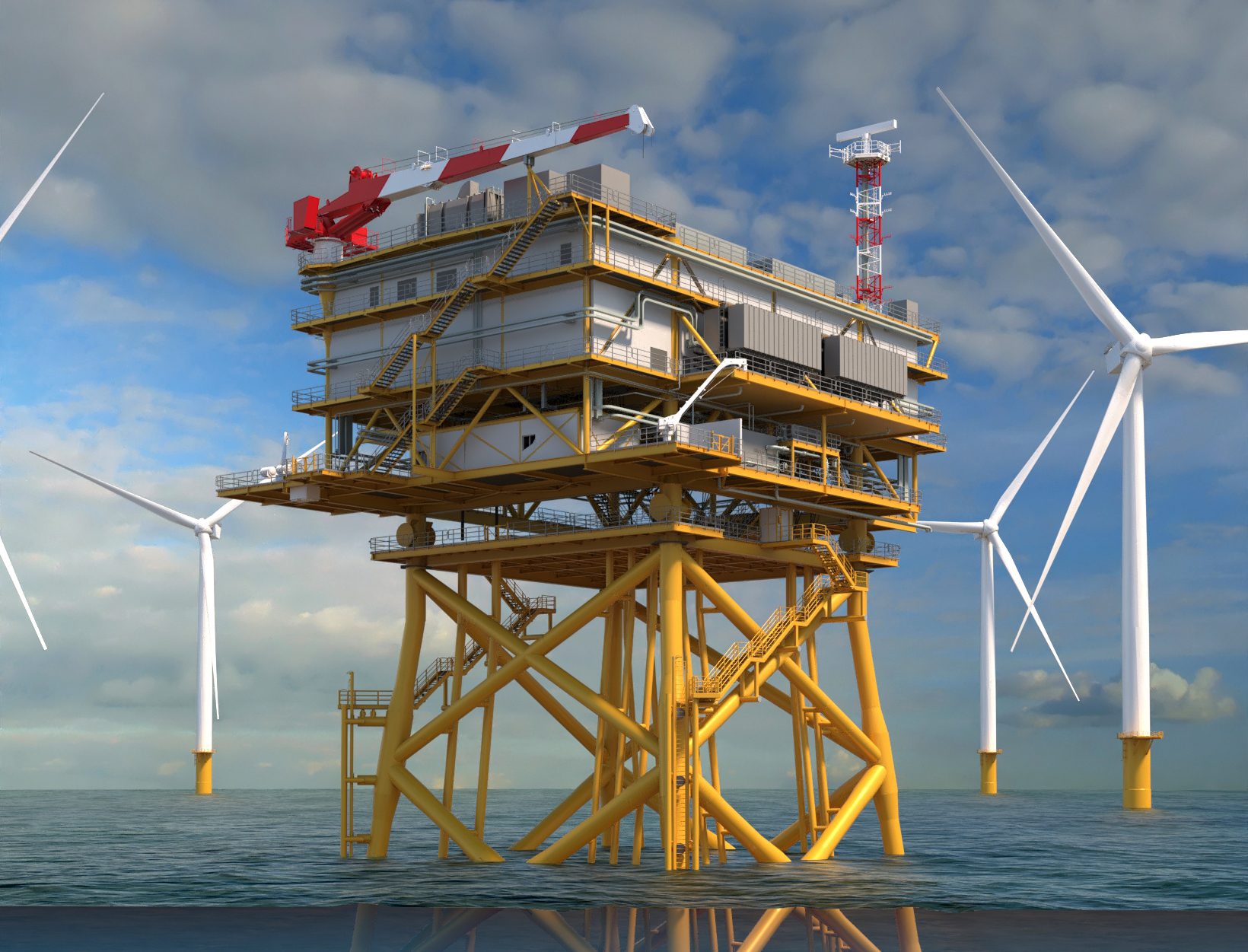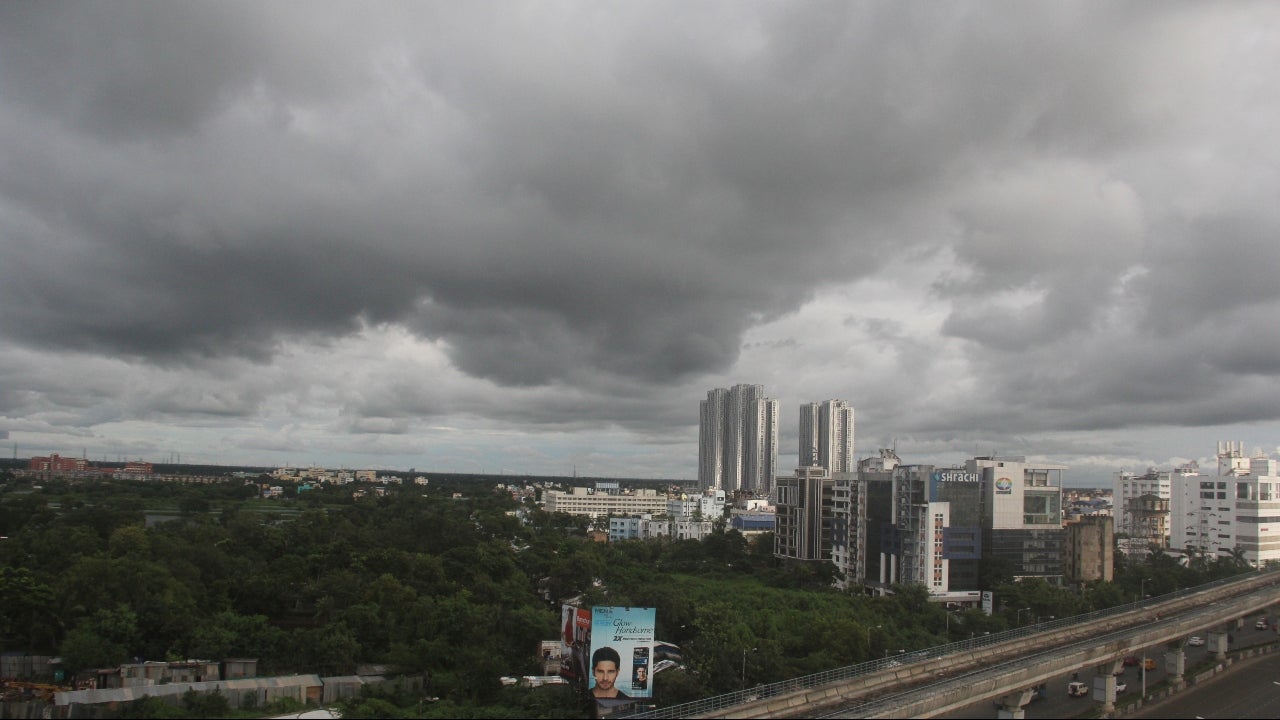Expensive Offshore Wind Farms: Are They Losing Their Appeal?

Table of Contents
Soaring Capital Expenditure and Construction Costs
The escalating costs of offshore wind farm projects are a major factor driving concerns. Several key elements contribute to this alarming trend.
Escalating Material Prices
Inflation and global supply chain disruptions have significantly impacted the price of essential materials.
- Steel prices: Have surged by over 50% in some regions, significantly increasing the cost of turbine foundations and substructures.
- Rare earth elements: Essential for turbine components, these materials face price volatility due to geopolitical factors and limited supply chains.
- Cabling: The extensive cabling required for offshore wind farms has also experienced substantial price increases, impacting overall project costs.
- Turbine components: The manufacturing and transportation of large turbine components add substantial costs, especially for offshore locations. Securing these components can often lead to lengthy delays.
Complex Installation and Maintenance
Offshore installations present unique technical challenges and high labor costs.
- Specialized equipment: Heavy-lift vessels, specialized installation techniques, and underwater robotics are all required, adding substantial costs.
- Skilled labor shortages: A shortage of skilled workers with expertise in offshore wind farm construction and maintenance further drives up labor costs.
- Harsh marine environments: Challenging weather conditions and the corrosive nature of saltwater require robust infrastructure and increased maintenance, impacting long-term operational expenses.
- Remote locations: The remoteness of many offshore wind farm sites adds transportation and logistical complexities, contributing to higher costs.
Permitting and Regulatory Hurdles
Navigating the complex permitting processes and regulatory landscapes poses significant delays and cost overruns.
- Environmental impact assessments: Thorough environmental impact assessments are crucial but often lengthy and expensive, delaying project start-up.
- Community opposition: Public opposition to projects, based on concerns about visual impact or potential ecological effects, can result in costly legal battles and delays.
- Regulatory uncertainty: Changes in government regulations or policies can lead to uncertainty and increased costs as projects adapt to new requirements.
- Permitting costs: The fees associated with obtaining the numerous permits required for offshore wind farm projects can be substantial.
Subsidy Dependence and Shifting Government Policies
The reliance on government subsidies and the changing political landscape are additional challenges.
Decreasing Government Support
Many countries are reducing subsidies and tax incentives for renewable energy projects due to budgetary constraints or shifting political priorities.
- Reduced feed-in tariffs: Decreased government-guaranteed prices for electricity generated from renewable sources can make projects less financially attractive.
- Policy uncertainty: Changes in government policies can create uncertainty, making it difficult to secure long-term financing for projects.
- Budgetary pressures: Government budgets are often stretched, leading to reduced funding for renewable energy initiatives.
Competition from Other Renewable Sources
Offshore wind faces increasing competition from cheaper alternatives.
- Onshore wind: Onshore wind farms often offer lower capital costs and faster deployment times.
- Solar power: Solar power has become increasingly cost-competitive, especially in sunny regions.
- Technological advancements: Innovations in solar and onshore wind technologies are continuously driving down costs and increasing efficiency, enhancing their competitiveness.
Environmental Concerns and Public Perception
Environmental concerns and public acceptance are crucial factors influencing project viability.
Marine Ecosystem Impacts
Concerns regarding the potential impact on marine life are significant.
- Noise pollution: The noise generated during construction and operation can affect marine mammals and fish populations.
- Habitat disruption: The presence of wind turbines and associated infrastructure can disrupt marine habitats and migratory patterns.
- Bird and bat mortality: Collisions with turbine blades pose a risk to birds and bats, requiring mitigation strategies.
- Ongoing research: Continued research is crucial to better understand and mitigate the potential environmental impacts.
Visual Impacts and Public Acceptance
The visual impact of large-scale wind farms can lead to community opposition.
- Visual intrusion: Large wind turbines can be visually obtrusive, especially for coastal communities.
- Landscape alteration: The infrastructure associated with offshore wind farms can alter the visual character of the coastline.
- Community engagement: Effective community engagement and transparent communication are essential to address public concerns and build support for projects.
Technological Advancements and Potential Solutions
Despite the challenges, technological advancements offer potential solutions.
Innovations in Turbine Technology
Significant progress in turbine technology aims to reduce costs and improve efficiency.
- Larger turbine sizes: Larger turbines can generate more electricity per unit, reducing the overall number of turbines required and lowering costs.
- Improved blade designs: Advances in blade design and materials can improve energy capture and reduce maintenance requirements.
- Advanced control systems: Sophisticated control systems optimize turbine performance and minimize energy loss.
Improved Installation Methods
New installation techniques and technologies promise to reduce costs and timelines.
- Floating offshore wind: Floating platforms can enable wind farm development in deeper waters, opening up new opportunities and potentially reducing costs.
- Automated installation: Automated systems and robotics can speed up the installation process and reduce labor costs.
- Improved transportation methods: More efficient transportation and logistics can reduce the cost of transporting turbine components and other materials.
Conclusion
The high costs associated with expensive offshore wind farms present significant challenges for the industry. Escalating material prices, complex installations, permitting hurdles, and competition from other renewable sources all contribute to this issue. However, technological advancements in turbine design and installation methods, along with a focus on mitigating environmental concerns and fostering public acceptance, hold promise for a more cost-effective and sustainable future for offshore wind energy. The key takeaways are the need for innovation, improved regulatory frameworks, and a strong focus on community engagement to make expensive offshore wind farms a truly viable and attractive long-term solution for clean energy. To achieve this, we must explore alternative financing models, improved regulatory frameworks, and sustainable material sourcing. Continue learning about the ongoing developments and the potential for cost reduction in expensive offshore wind farms – let's work together towards a future powered by cost-effective and sustainable offshore wind energy.

Featured Posts
-
 Analyzing The Opening Odds Ufc 314 Volkanovski Vs Lopes Main Event
May 04, 2025
Analyzing The Opening Odds Ufc 314 Volkanovski Vs Lopes Main Event
May 04, 2025 -
 Sudden Temperature Drop In West Bengal Weather Forecast And Advisory
May 04, 2025
Sudden Temperature Drop In West Bengal Weather Forecast And Advisory
May 04, 2025 -
 Charles Barkleys Bold Playoff Picks Oilers And Leafs Make The Cut
May 04, 2025
Charles Barkleys Bold Playoff Picks Oilers And Leafs Make The Cut
May 04, 2025 -
 Unexpected Spring Snow Nyc Suburbs To See 1 2 Inches Tomorrow
May 04, 2025
Unexpected Spring Snow Nyc Suburbs To See 1 2 Inches Tomorrow
May 04, 2025 -
 Showdown Saturday A Look At The Tight Nhl Playoff Standings Race
May 04, 2025
Showdown Saturday A Look At The Tight Nhl Playoff Standings Race
May 04, 2025
Latest Posts
-
 Wer Singt Fuer Deutschland Beim Esc 2025 Die Sieben Chefsache Semifinalisten
May 04, 2025
Wer Singt Fuer Deutschland Beim Esc 2025 Die Sieben Chefsache Semifinalisten
May 04, 2025 -
 Tynna Voice Germanys Eurovision Concerns
May 04, 2025
Tynna Voice Germanys Eurovision Concerns
May 04, 2025 -
 Travel Update Abor And Tynnas Flight From Germany To Basel
May 04, 2025
Travel Update Abor And Tynnas Flight From Germany To Basel
May 04, 2025 -
 Basel Bound Abor And Tynnas Journey From Germany
May 04, 2025
Basel Bound Abor And Tynnas Journey From Germany
May 04, 2025 -
 4
May 04, 2025
4
May 04, 2025
